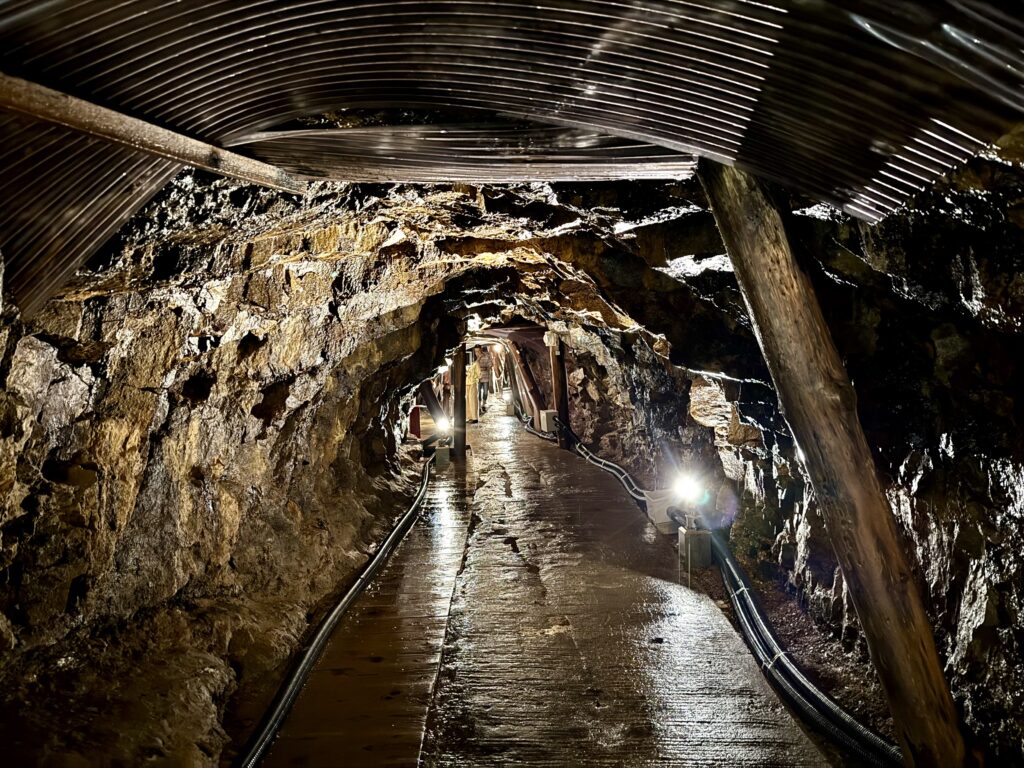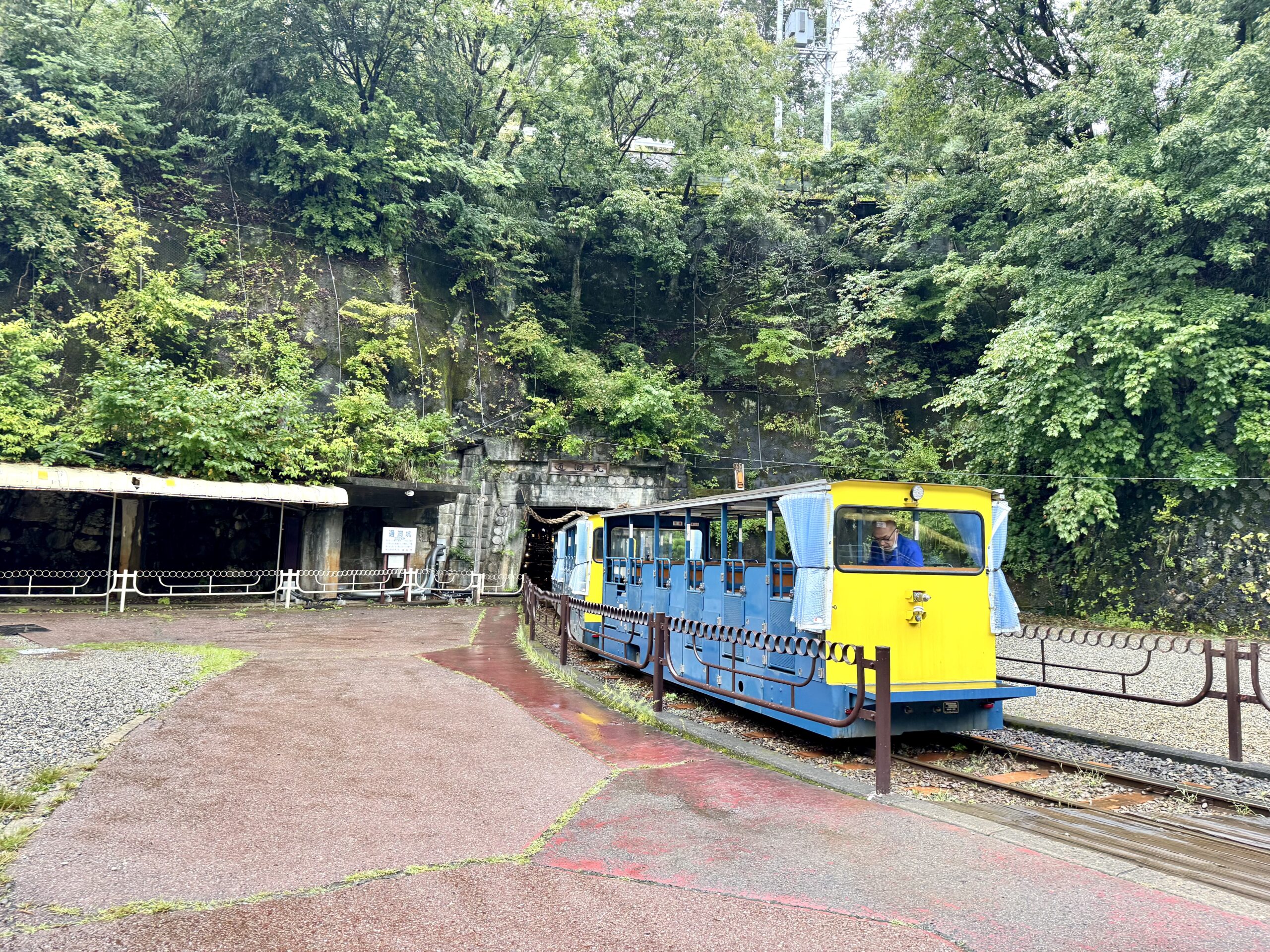When we think of Japan’s cultural heritage, many people imagine ancient temples, serene gardens, or traditional tea ceremonies. But Japan also has a fascinating industrial history that played a vital role in shaping the modern nation. One of the best places to experience this history firsthand is the Ashio Copper Mine (足尾銅山, Ashio Dōzan) in Tochigi Prefecture. Today, this former mining site is preserved as a museum, offering visitors a glimpse into Japan’s Meiji-era modernization, as well as its environmental struggles and recovery.
Exploring Ashio Copper Mine in Tochigi is a must for history lovers. The mining train, cool tunnels, and vivid displays bring Japan’s industrial past to life. It’s a unique attraction where you can learn, experience, and feel the spirit of a town that shaped modern Japan.
A Brief History of Ashio Copper Mine

The Ashio Copper Mine was first discovered in the early Edo period, but it rose to prominence during the late 19th century. In the Meiji era, when Japan was rapidly industrializing and adopting Western technologies, Ashio became one of the largest copper mines in the country. It produced enormous amounts of copper, much of which was exported overseas and contributed to Japan’s economic development.
At its peak, Ashio employed thousands of workers and operated around the clock. The town surrounding the mine flourished with schools, shops, and entertainment, resembling a miniature city centered around mining life. However, with this rapid development came serious consequences. The mine became infamous for causing severe environmental pollution, particularly the Ashio Copper Mine Incident of the late 19th century, when toxic emissions and wastewater devastated nearby rivers, forests, and farmland. This event sparked Japan’s first large-scale environmental movement and remains an important lesson in balancing progress with sustainability.
Visiting Ashio Copper Mine Today
Today, the Ashio Copper Mine has been transformed into a heritage museum where visitors can walk through underground tunnels and learn about its history. The site preserves the atmosphere of the old mine while presenting it in a way that is safe and educational.
One of the highlights is the mine tunnel tour. Visitors can ride a small mining train that takes them deep into the former mine shafts. As you travel through the dimly lit tunnels, mannequins and displays recreate scenes of miners at work, using both traditional hand tools and more modern machinery. The sound effects of hammering, drilling, and carts rolling add to the immersive experience, making it easy to imagine what life underground must have been like.
The underground passage is surprisingly cool, even in summer, which adds to the authenticity of the visit. The tunnel walls, with their raw rock textures, still show the marks of excavation. It feels almost like stepping back in time to the industrial age.
Exhibits and Learning Opportunities
Beyond the tunnels, the museum includes exhibitions on the history of mining technology, the lives of miners and their families, and the environmental impact of the industry. You can see old mining tools, safety equipment, and photographs of the bustling mining town in its heyday.
One particularly moving section deals with the environmental disaster. Displays explain how forests died, rivers turned toxic, and local farmers suffered due to the mine’s pollution. At the same time, they also introduce the efforts of activists like Shōzō Tanaka, often considered Japan’s first environmentalist, who raised awareness and fought for the protection of local communities. This part of the museum gives Ashio not only industrial significance but also cultural and social meaning.
The Natural Beauty Around Ashio
While Ashio is remembered for pollution in the past, today the surrounding Nikko Mountains and valleys are lush and green, thanks to decades of restoration efforts. The area is especially beautiful in autumn, when the leaves turn brilliant shades of red and gold, creating a striking contrast with the historical mining town. The nearby Watarase River Basin has also become a popular spot for hiking and photography.
For travelers, combining a visit to Ashio Copper Mine with a trip to Nikkō, a UNESCO World Heritage site famous for its ornate shrines and natural scenery, makes for a perfect day or weekend excursion.
Practical Information
- Location: Ashio-machi, Nikkō City, Tochigi Prefecture
- Access: From Tokyo, take the JR or Tobu Line to Nikkō Station. From there, local buses connect to Ashio Copper Mine in about an hour. Alternatively, you can drive directly from Tokyo in around two and a half hours.
- Hours: The museum is generally open year-round, though hours may vary by season. It’s best to check the official website before visiting.
- Admission Fee: There is a small entrance fee, which includes the mine train ride and access to exhibitions.
Admission Fees
| Category | Individual Fee | Group Fee |
|---|---|---|
| Adults | ¥830 | ¥730 |
| High School Students | ¥830 | ¥510 |
| Elementary & Junior High School Students | ¥410 | ¥300 |
| Preschool Children | Free | Free |
Why Visit Ashio Copper Mine?
Visiting Ashio Copper Mine is not just about learning industrial history; it’s about understanding Japan’s journey toward modernity and the lessons learned along the way. Standing inside the dark tunnels, you feel the weight of history—the hardships of workers, the drive for national progress, and the environmental price that came with it. At the same time, seeing the restored landscapes outside reminds you of resilience and recovery.
For history enthusiasts, Ashio offers insight into Japan’s Meiji-era development. For families, it provides an educational yet entertaining day out, especially with the fun mine train. And for travelers seeking something beyond temples and skyscrapers, it reveals another layer of Japan’s cultural identity.
Final Thoughts
Ashio Copper Mine is a unique destination that combines industry, history, culture, and nature. It tells the story of how Japan balanced ambition and adversity, and how the lessons from the past continue to influence environmental and social awareness today. Whether you are fascinated by history, eager for an unusual travel experience, or simply looking for a scenic trip outside of Tokyo, Ashio Copper Mine is a rewarding place to explore.
When we visited the Ashio Copper Mine in Tochigi Prefecture, I felt as if I had stepped back in time to Japan’s industrial age. Walking through the cool, dimly lit tunnels, riding the small mining train, and seeing the life-sized displays of miners at work gave me a vivid sense of history. It was not just a museum visit—it was a journey into the story of Japan’s modernization, the struggles of the workers, and the lessons learned from environmental challenges. Ashio left me with a deep appreciation for both history and nature’s resilience.



comment